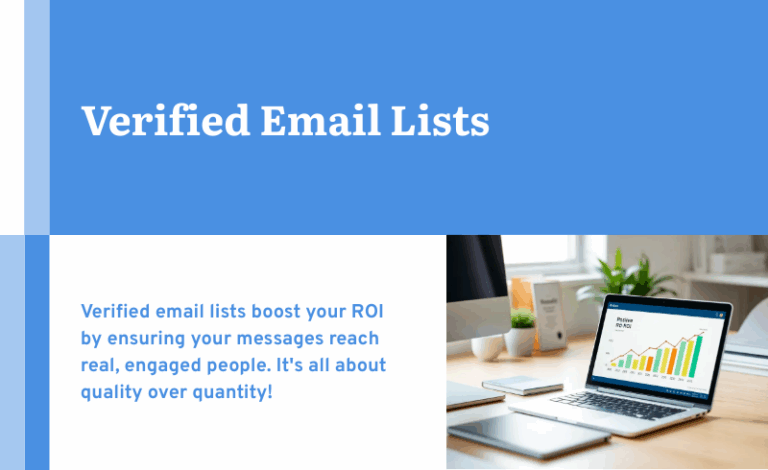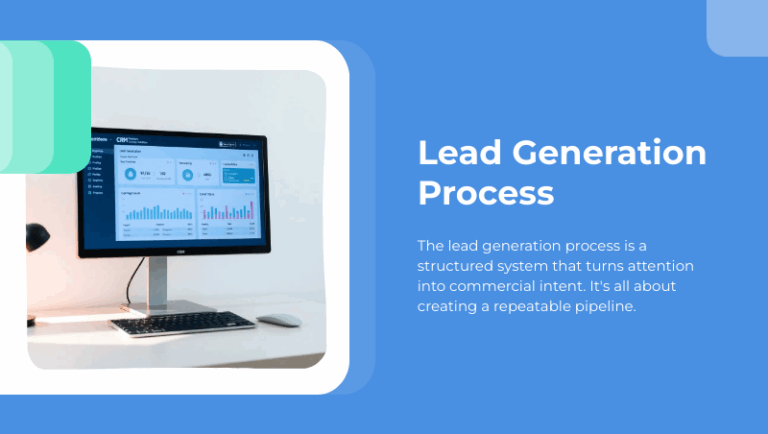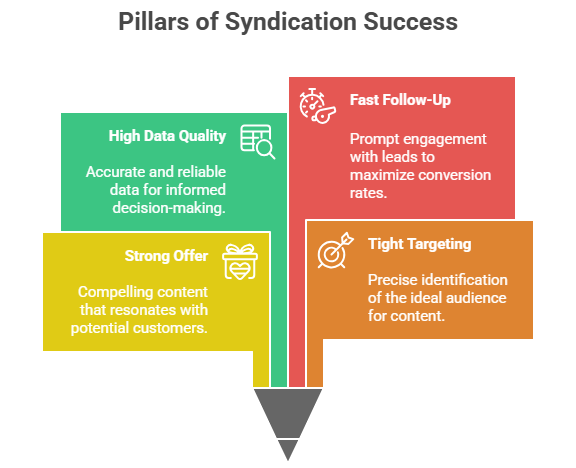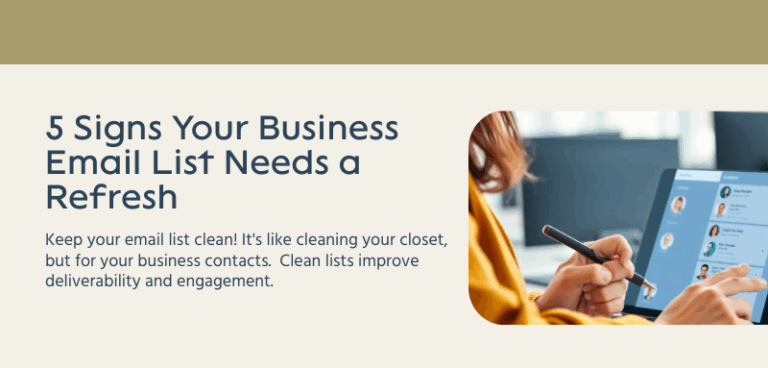B2B marketers have access to more and better targeting tools than they once did. In theory, that should make it easier to find the right audience. But as CMOs know, customers also have many more choices, including new suppliers and purchasing channels. There is growing competition for mindshare (and revenue).
In this environment, even small tactical improvements can mean the difference between success and failure. But how do you achieve them, given the welter of conflicting choices? How do you find resources that will truly deliver results?
Here are five practical ways of improving your B2B targeting. You may be using some of them, but are you deriving full value? Follow these simple, cost-effective suggestions, and you will boost response and maximize your B2B marketing spend.
Multichannel Marketing
Response improves and brands are strengthened when email and direct mail are used together, yet many marketers expect prospects to view their message through a single channel. They are overlooking the chance to establish a common branding thread and perhaps double their response. It takes timing and coordination to run an integrated campaign. The general rule of thumb is to send two to four emails for every printed package, and make sure the first email hits a week after the postal piece arrives. In addition, continue sending email at regular intervals. Finally, analyze response in its totality: Some prospects call in an order after reading a postal piece, others respond to an email after receiving a catalog. The channels should support each other.
Takeaway Tips: No matter what the channel, every communication you send should have common branding elements. For example, make sure the name used in the email “from” line is the same as the one in the printed piece. In addition, every message should have a Web site URL. Ideally, the prospect will arrive on a customized landing page with the same offer as the one in the email or print piece, and a registration form. Don’t forget to adapt your site for mobile devices.
Profiling
Profiling is the practice of analyzing your customer database and using the resulting model to identify prospects. Many firms base their prospecting solely on standard data card variables, overlooking more nuanced information like size, type of business and location of buying sites. How does profiling work? You start by match your list against a comprehensive B2B database, and overlay firmagraphic data like SIC, employee size and individual text titles, then apply the predictive model to find prospects who are identical to your best customers. With a strong database, the match rate should hit from 30% to 50% for companies by site.
Takeaway Tips: Use a reliable vendor, one that maintains prospect names and the profile in a single database. Sites and individuals are tagged in different ways in different environments, and this can affect results. In addition, you need at least a few thousand matches to generate a footprint.
More Efficient List Rentals
Targeting is only one element of effective list usage: A list also has to contribute to your ROI. To reduce your cost per thousand, negotiate multi-use volume deals with your suppliers instead of placing single list orders. And mail more frequently to lower the cost. Additional savings can be realized through licensing arrangements. Finally, you can increase your buying power by using a single, all-purpose vendor.
Takeaway Tips: Stop mailing names when they are no longer responsive. Don’t over-select to the point where there are no prospects. Look for lists that contain both email and postal addresses.
Co-Registration
Do you have digital content – i.e., white papers, case studies, eBooks, videos and webcasts? You can offer this material through a B2B co-registration network. Your content offer will ride along with registration or subscription forms on hundreds of B2B magazine sites. The result: live leads at the moment of registration on a cost-per lead basis. The objective is not only to generate a sale, but to start a dialogue.
Takeaway Tips: Carefully define the target audience based on SIC, location and title. Determine the number of leads you want, and add a qualifying question to screen those that don’t meet your criteria. Tailor your content for every stage in the purchase funnel.
Append
Multi-channel marketing works only if you can reach customers in multiple channels. One potential pitfall in multi-channel marketing is the inability to reach customers in every channel. The way around that is data appending. You simply match your house file against a multi-channel B2B database, and append what you need, whether email addresses, postal addresses or telephone numbers. As with profiling, you can get high match rights by using the right database.
Takeaway Tips: Email appends should be performed quarterly through a reputable vendor. Your supplier should provide business domains, not consumer ISPs, and every address must be deliverable.
Follow the Direct Marketing Basics
The old rules still apply. Whether print or email, every piece should have a strong call to action, and it should be repeated several times. As the old-time copywriters used to say, ask for the order. When sending an email message, place the call to action in the upper third of the HTML.
Takeaway Tips: Emphasize the benefits in your copy. Test everything from the lists to the offer. Avoid spam words and other things that might get you stuck in spam filters.
Bonus Tactic: Test the New Online Channels
Email and direct mail may produce the bulk of your sales, but don’t ignore the social networks and other online resources. For example, you can alert customers through Twitter, Facebook and LinkedIn when you have an offer or an announcement. Add “Share” buttons to items on your Web site and in your email messages. Monitor conversations about your brand. Finally, drive Web site traffic with search engine optimization.
Author: Stevan Roberts
© Reach Marketing LLC 2012 All Rights Reserved.



